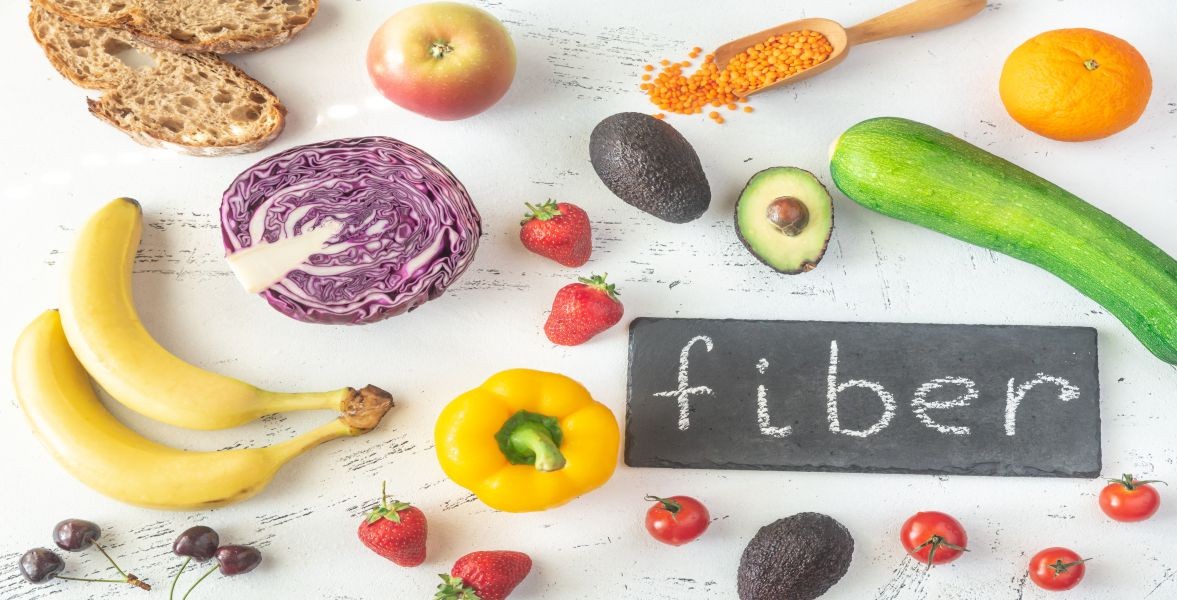Published - Thu, 23 Jun 2022

HOW TO PREVENT HEMORRHOIDS
Hemorrhoids, often known as piles, are enlarged veins in the lower rectum and anus that resemble varicose veins. Hemorrhoids can affect anyone. There are several internal and exterior blood veins close to the anus that supply the entire region with blood. These blood vessels don't typically cause problems that can be very painful until they start to swell and get irritated. Maintaining soft stools that pass smoothly is the greatest approach to avoiding hemorrhoids. Follow these recommendations to prevent hemorrhoids and lessen their symptoms:
USE THE RESTROOM WHENEVER NECESSARY
Although it seems like basic sense, a lot of individuals choose to disregard it. If you put off going to the bathroom, your stool (poop) may harden and dry out in your gut, making it more difficult to move. Your chance of developing hemorrhoids rises if you struggle to pass faeces. If we talk about straining, resist the urge to go when you're not ready. Hemorrhoids are caused by straining because it puts more pressure on your venous cushions. Strenuous activity, in particular, can cause internal hemorrhoids to become outward.
AVOID MAKING THE BATHROOM A READING PLACE
Consider your visit to the restroom as a need, not an extended escape. Don't use your phone in the bathroom to play games, or browse social media. You're more likely to strain for bowel movements the longer you stay on the toilet. Additionally, your anal blood vessels are put under more strain while seated. Your risk of hemorrhoids is increased by both of these conditions.
EAT SUFFICIENT FIBER
The main cause is typically a lack of fiber. For instance, if you get constipation, try increasing your intake of fiber from fruits, whole grains, and leafy green vegetables. Fiber can prevent constipation, which increases straining and increases the risk of hemorrhoids. A natural technique to increase bowel motions is by consuming adequate fiber. By taking supplements or eating foods that are high in fiber, you may easily add more to your diet. Consider your body's signals and steer clear of foods that make your bowels uncomfortable. The lactose in dairy products can irritate certain people. Others blame gluten or consuming too many processed meals. Great food sources of fiber include:
Legumes, such as split peas, lentils, black beans, lima beans, and baked beans, as well as whole grains like barley, bran flakes, oats, and brown rice.
Fruits such as apples, pears, raspberries and bananas.
Vegetables like artichokes, broccoli, Brussels sprouts and green peas.
CONSUME A LOT OF WATER
You need soft, easily passed stool to avoid hemorrhoids. Drinking a lot of water every day is another easy strategy to prevent hemorrhoids. Adequate hydration promotes healthy bowel movements. Keeping your body hydrated with plenty of water will help you avoid constipation and straining during bowel motions.
EXERCISE REGULARLY TO KEEP YOUR BODY IN MOTION
To maintain general health, exercise is advised. Additionally, it is a fantastic technique to maintain healthy gut function. Certain activities, however, may have the reverse impact by putting additional tension or pressure on your abdominal muscles. Exercises like weightlifting can aggravate existing hemorrhoids and lead to the development of new ones. Try to find mild exercises walking, swimming, or yoga, to prevent hemorrhoids.
VISIT A PHYSICIAN
Visit your doctor and have your symptoms assessed if your symptoms change or your bleeding worsens. Surgery is not always necessary to treat hemorrhoids. To rule out other illnesses, you might need an evaluation.
Created by
Comments (0)
Search
Popular categories
Latest blogs

All you need to know about Syphilis
Tue, 15 Nov 2022

What is Pemphigus Vulgaris?
Tue, 15 Nov 2022

Know about Scorpion Stings
Sat, 12 Nov 2022

Write a public review